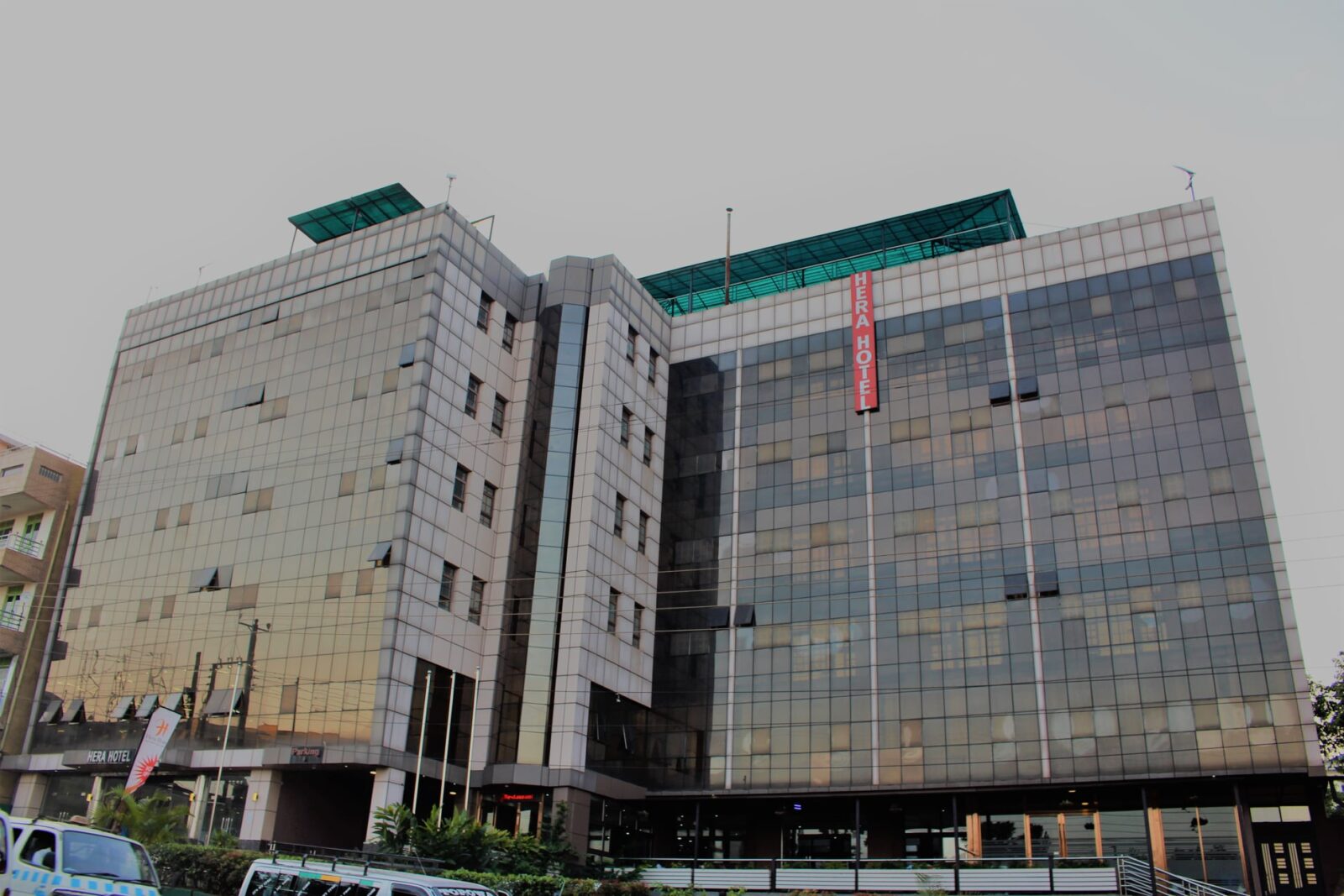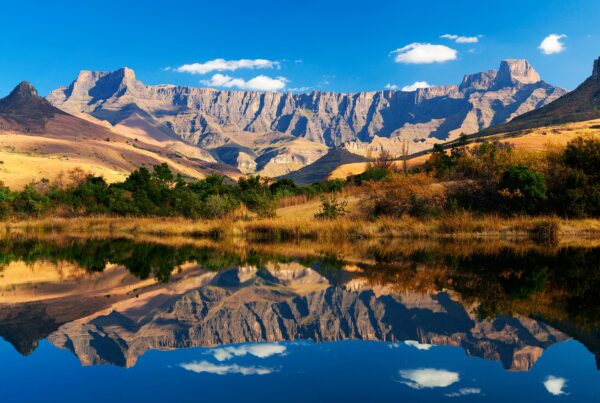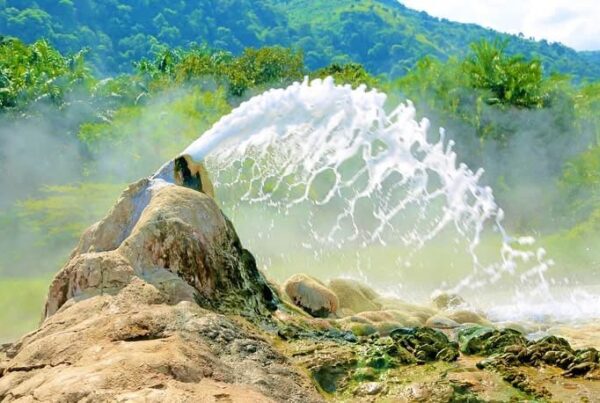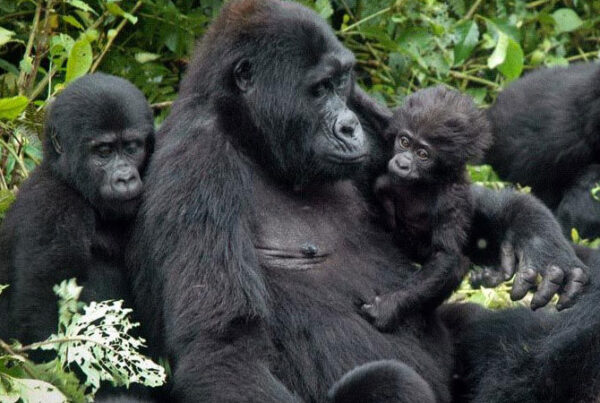Kabaka’s Palace: Where to Stay for a Day Trip for Photographers
Capturing History and Culture in the Heart of Buganda
The Kabaka’s Palace, also known as Lubiri, located in Mengo, Kampala, stands as a symbol of the rich heritage and enduring traditions of the Buganda Kingdom. For photographers, a visit to this historic site offers an unparalleled opportunity to blend cultural storytelling with architectural photography, capturing intricate details of royal residences, ceremonial spaces, and the surrounding landscapes. A well-planned day trip enhances both safety and creative output, while choosing the right place to stay ensures ease of access, comfort, and the possibility of capturing early morning or late afternoon light for optimal imagery.
Understanding the Significance of Kabaka’s Palace
Kabaka’s Palace is not merely a historical structure; it is a living symbol of Buganda’s cultural continuity. The palace grounds, featuring royal gardens, courtyards, and ceremonial halls, reflect centuries of architectural evolution influenced by indigenous and colonial styles. Photographers are afforded the opportunity to document ornate woodwork, symbolic artifacts, and ceremonial regalia, all of which convey the historical and spiritual significance of the site.
Beyond architecture, the palace environment encompasses vibrant daily life, including caretakers, cultural guards, and visitors engaging in ceremonies or cultural demonstrations. Capturing these dynamic interactions provides a holistic view of the palace as both a heritage site and a functioning cultural institution, enriching visual narratives with authenticity and depth.
Choosing the Ideal Accommodation
Selecting accommodation for a day trip to Kabaka’s Palace requires consideration of proximity, comfort, and convenience. Staying near Mengo or central Kampala ensures minimal travel time, allowing photographers to maximize daylight hours for exploration. Boutique hotels and guesthouses in the vicinity provide secure, comfortable lodging while offering local flavor and accessibility to both the palace and other cultural landmarks.
Hotels with rooftop terraces or elevated views offer unique vantage points for landscape and architectural photography, enabling wide-angle compositions that incorporate the palace within its urban context. Additionally, lodgings that offer early breakfast services allow photographers to start excursions at dawn, when light is most favorable for capturing architectural textures and subtle details of the palace grounds.
Timing Your Visit for Photography
For optimal photographic results, timing is crucial. Early morning light illuminates the palace facades and gardens with a soft, diffused glow, while late afternoon creates long shadows and warm tones that enhance depth and contrast in images. The palace is most vibrant during ceremonial events or cultural demonstrations, which provide opportunities to capture movement, color, and authentic expressions of Buganda culture.
Midday, when lighting may be harsher, can be utilized for interior photography or close-up shots of architectural details, artifacts, and ornamental features. Photographers are advised to plan their day to balance exterior and interior shots, ensuring that each aspect of the palace is documented under favorable conditions.
Navigating the Palace Grounds
Kabaka’s Palace is a managed heritage site, and visitors must adhere to guidelines established by cultural authorities. Photography is generally allowed in designated areas, while certain ceremonial or private spaces are restricted. Guides familiar with the palace’s history and layout provide invaluable assistance, directing photographers to vantage points, highlighting historically significant structures, and explaining cultural protocols that must be observed.
Walking tours allow for intimate observation of gardens, courtyards, and ceremonial halls, with opportunities to capture both human and architectural subjects. Attention to composition, perspective, and framing is essential, particularly when photographing symmetrical structures, intricate carvings, or ceremonial displays that convey the grandeur of the Buganda Kingdom.
Technical Considerations for Photographers
Photographers visiting Kabaka’s Palace should prepare equipment suitable for both wide-angle and detailed shots. Wide-angle lenses capture the scope of palace courtyards, gardens, and architectural lines, while medium to telephoto lenses allow for close-up documentation of carvings, artifacts, and human interactions. Tripods may be required for low-light interior photography, ensuring clarity and precision in images.
Lighting is a critical factor. Diffused natural light enhances textures and reduces harsh shadows, while backlighting can be used creatively to silhouette figures against ornate doors or ceremonial halls. Photographers should also be mindful of reflections from polished floors or glass display cases, adjusting angles to minimize glare while capturing the richness of interior spaces.
Complementary Sites for Photographers
A day trip to Kabaka’s Palace can be enriched by visits to adjacent cultural landmarks, such as the Kasubi Tombs or Namirembe Cathedral. These sites provide additional architectural and cultural subjects, broadening the photographic narrative of Buganda’s heritage. Combining multiple locations in a single itinerary allows photographers to capture contrasts between ceremonial, residential, and sacred architecture while exploring the cultural continuum of the kingdom.
Local markets and streets surrounding the palace offer opportunities for street photography, capturing daily life, traditional attire, and informal cultural expressions that complement formal palace imagery. Observing and documenting the interactions of residents, traders, and visitors provides contextual depth to the visual story.
Health, Safety, and Etiquette
Photographers are advised to maintain personal safety and cultural sensitivity while exploring Kabaka’s Palace. Adhering to guidelines provided by palace authorities ensures both the preservation of heritage and personal security. Carrying water, sun protection, and light gear allows for comfortable mobility during day-long excursions.
Respecting ceremonial protocols, seeking permission for portrait photography, and avoiding restricted areas reinforces ethical engagement with the site. Maintaining awareness of surroundings, including the flow of visitors and designated pathways, ensures a smooth experience while minimizing the risk of damage to sensitive areas or artifacts.
Maximizing Your Photography Experience
Kabaka’s Palace offers photographers a unique opportunity to blend architectural, cultural, and human-interest photography within a single day trip. Selecting the right accommodation near the palace enhances convenience, provides strategic vantage points, and allows early access to the site’s most photogenic areas. By planning visits around optimal lighting, integrating guided tours, and maintaining ethical standards, photographers can document the richness of Buganda heritage while ensuring a safe and rewarding experience.
To ensure a seamless and well-supported photography trip to Kabaka’s Palace, it is recommended to book your Africa tours and safaris via WildHorn Africa, where expert planning and local knowledge guarantee that every moment—from capturing intricate palace details to exploring surrounding cultural landscapes—is safe, efficient, and unforgettable.





 WildHorn Africa – Authentic and unforgettable tours across Africa, guided by local experts who know the land, wildlife, and culture best.
WildHorn Africa – Authentic and unforgettable tours across Africa, guided by local experts who know the land, wildlife, and culture best.


